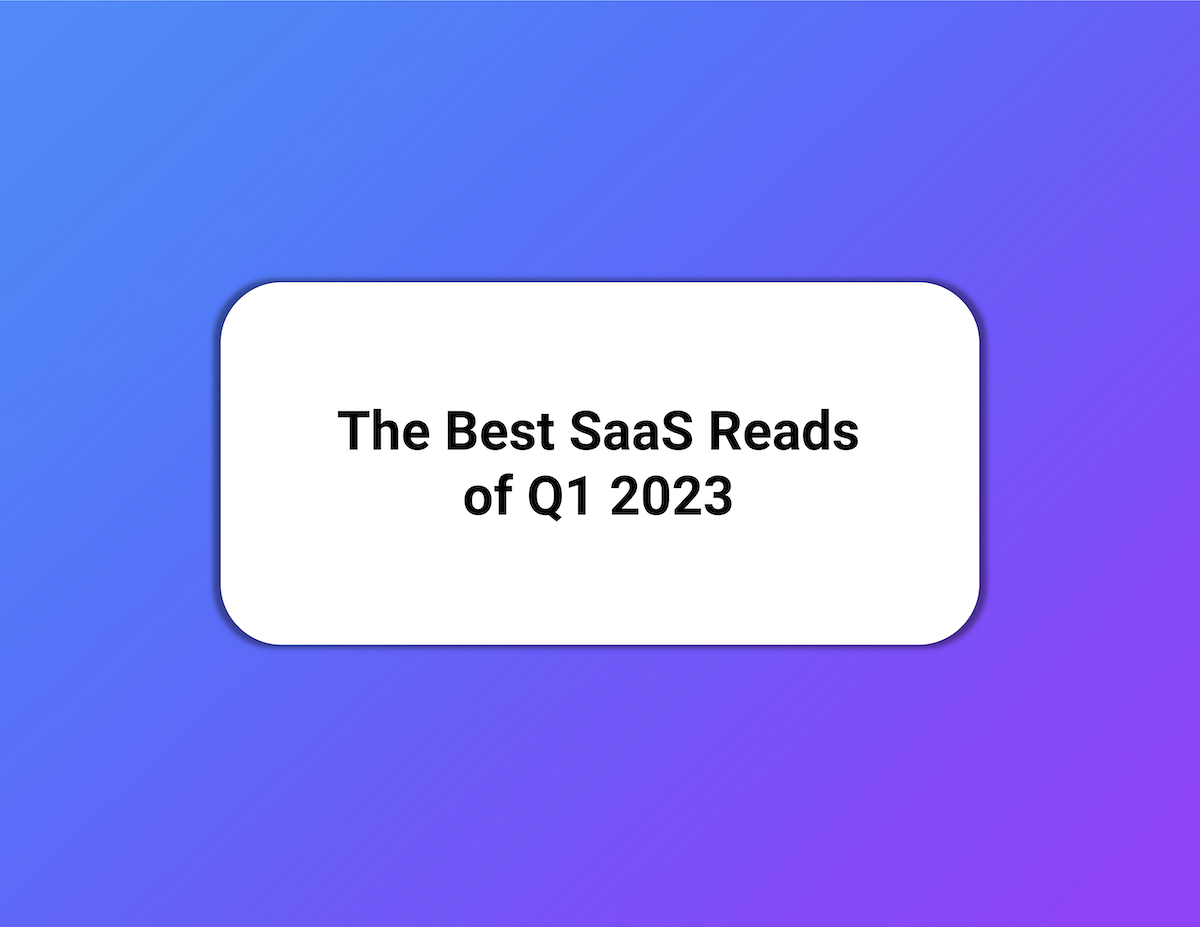Introduction
And that’s a wrap!
As we close the books on Q1 of 2023 and kick off the second quarter, we looked back on the resources we curated and those that had the highest engagement.
During the first three months of the year, we reviewed hundreds of articles, filtering out the bad from the good and helping B2B SaaS founders discover content that answered their most pressing questions.
From case studies to profitability tactics, our readers sought to balance growth with efficiency.
Among the most favored resources were stories about product-led sales growth strategies, along with topics on improving customer retention and pipeline conversions.
In this blog post, we highlight seven of the most clicked-on articles by the SaaS Weekly community.
The Best SaaS Reads of Q1 2023
If you're looking for your next growth strategy, we got you covered. In this article, we curated a list of the best B2B SaaS growth stories that showcase how seven companies achieved explosive growth.
From leveraging pricing and packaging to optimizing their product-led growth motion, these featured SaaS companies found creative ways to scale their businesses. So sharpen your pencils and let's dive in.
Article by: Ian Ito at SaaS Weekly
Everyone loves a good come-up story, from Rocky to Rudy, and now to add Loom to your list. In Loom’s early days, the co-founders had maxed out their credit cards and were two weeks away from closing their doors. Fast forward to today, Loom is now valued at around $1.5 billion and has over 14 million users and 200,000 businesses on its platform. Here’s how they did it.
To onramp into the fast lane, Loom launched with a Product-led Growth (PLG) model and attracted users through a simple-to-use free Chrome extension. The product’s quick time-to-value hooked users immediately, but it was the company’s execution to convert feedback into features that turned them into evangelists. Then four years into the company’s PLG model, Loom pivoted its GTM strategy to target enterprise accounts and increase its ACV.
Article by: Jessica Tee Orika at Foundation
A Product-led Sales (PLS) motion has been a key driver for Figma’s rapid year-over-year growth. But to be successful at it, the company paid close attention to understanding when sales should reach out to new users. And that meant using product usage data to prioritize product-qualified leads (PQLs) and signal when a user was more likely to convert to a higher tier.
For example, Figma analyzed which product behavior correlated with an upgrade, and when two or more behavior signals were triggered, the account was passed to a sales rep. As the sales team outreached to users, decision-makers at the same company were targeted with content around the value of Figma. This multi-threading approach, combining a top-down and bottom-up sales motion, helped the company increase sales velocity and deal size.
Article by: Kyle Poyar at Openview Partners
In today's environment, the growth at all costs mantra has been replaced by profitable growth. To achieve this, SaaS companies must optimize efficiency across various business functions, such as Sales & Marketing, R&D, G&A, People, and Pricing & Packing.
There is a whole list of strategies to execute (this article covers 40 of them), including improving Sales & Marketing efficiency through better quota attainment and product-led growth and reducing G&A expenses through vendor contract renegotiation and automation. Discover the other strategies SaaS companies can use to drive profitable growth. I highly recommend the read!
Article by: Brian Feinstein at Bessemer Venture Partners
What motivates a customer to purchase your product is not its appeal, but rather how it helps them achieve the outcome they are looking for. However, to get them to convert from a free trial to a paid user, your messaging and user experience need to encapsulate how your product will make them successful. There are a number of ways to do this, but one way is to 10x your user’s motivation by speaking to the frustrations that motivate them to take action. This article walks you through three steps that can help improve your conversions.
Article by: Wes Bush at ProductLed
A cancellation flow is a sequence of automated steps a customer goes through when signaling they will churn. A well-designed cancellation flow is critical for SaaS companies to help retain customers. When setting up the flow, be sure to have it identify the specific churn intent, offer personalized solutions, and automatically alert your customer success team.
Article by: Arijit Bose Chargebee
Retention significantly impacts a SaaS company’s growth rate, profitability, and valuation. By achieving a best-in-class retention rate, companies can grow three times faster than their peers and achieve better capital efficiency. In this article, discover the benchmarks and key insights from ChartMogul SaaS Retention Report.
Article by: Sid Jain at ChartMogul
Looking for more of the best SaaS reads?
Subscribe below to stay up-to-date with content from thought leaders in the industry. Every Friday, we curate seven of the best guides, gurus, and growth stories right in your inbox.







